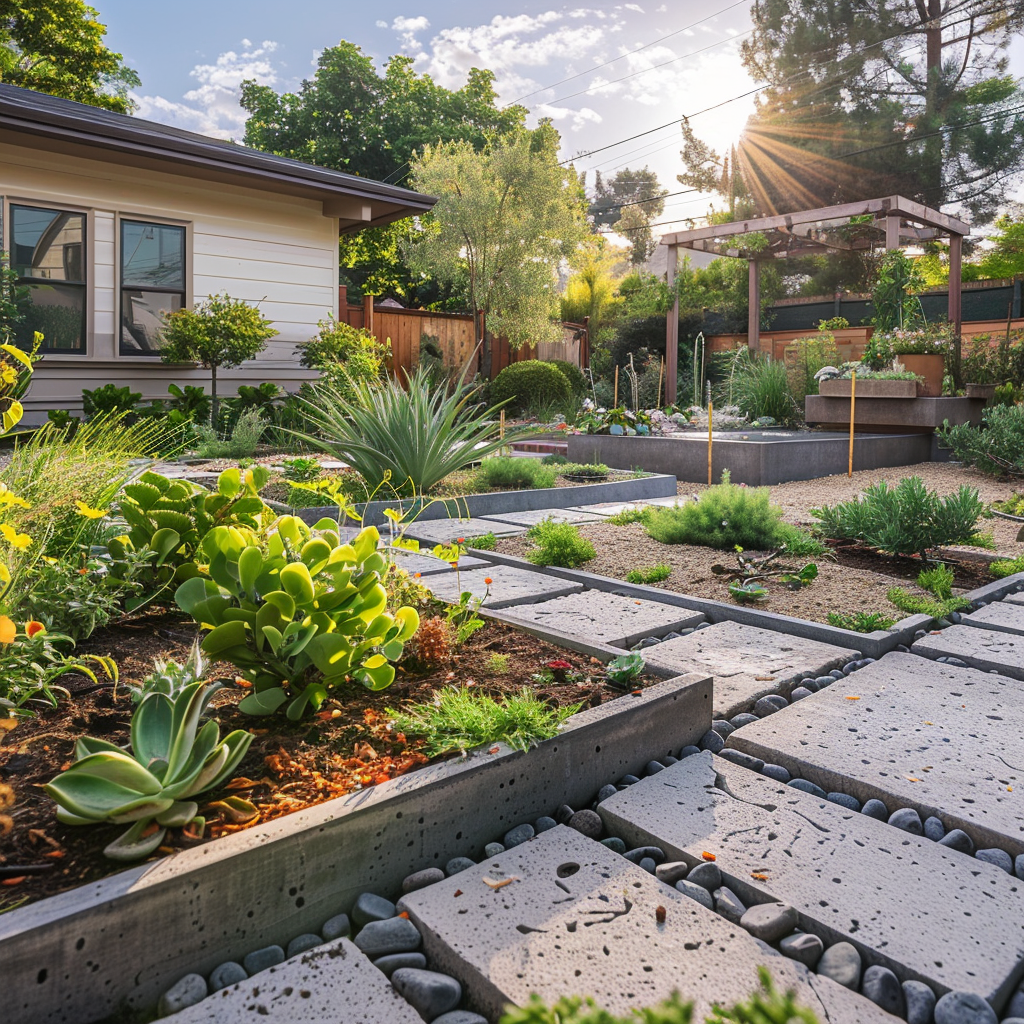Maintaining a beautiful garden can seem like a time-consuming task, especially for homeowners juggling packed schedules. But what if having a lush, thriving garden didn’t require constant attention? That’s right—a low-maintenance garden is possible, and it’s easier to achieve than you might think. In this article, we’ll dive into practical strategies that busy homeowners can use to create a garden that practically takes care of itself. By the end, you’ll know how to save time, water, and effort while still enjoying a gorgeous outdoor space.
1. Choose the Right Plants
The foundation of a low-maintenance garden starts with selecting plants that thrive on neglect—or at least don’t need constant care. Opt for native plants, as they’re already adapted to the local climate and soil conditions. Succulents, ornamental grasses, and perennials like lavender or daylilies are great choices that require minimal watering and upkeep.
Also, consider planting drought-tolerant varieties. These plants, once established, can survive on little water, cutting down on the time you spend dragging out the hose.
Pro Tip: Group plants with similar water and sunlight needs to make caring for them easier.
2. Invest in Mulching
Mulch is a game-changer for busy gardeners. It does more than just make your garden look tidy; mulch helps retain soil moisture, suppresses weeds, and regulates soil temperature, meaning you’ll water less often and spend less time weeding. Organic mulch, like bark or compost, also breaks down over time, enriching the soil with nutrients.
Actionable Step: Lay a 2-3 inch layer of mulch around your plants, and be sure to top it off once a year.
3. Embrace Automatic Irrigation
Hand-watering is time-consuming, and it’s easy to forget to do it on particularly busy days. An automated irrigation system, such as a drip irrigation system or soaker hoses, can ensure your garden gets just the right amount of water without any effort from you. Many systems even have timers, so you can set them to water in the early morning when it’s most effective.
Not ready for the investment? Try using self-watering containers for your potted plants.
4. Opt for Perennials Over Annuals
Annual plants require replanting every year, which means more time spent in the garden. Perennials, on the other hand, come back year after year, making them a fantastic low-maintenance option. Many perennials bloom beautifully with very little care once they’re established.
If you still love the burst of color that annuals provide, plant them sparingly, or use them in containers for easier control.
5. Limit Lawn Space
Lawns are notorious for needing constant care, from mowing to watering and fertilizing. If you’re after a low-maintenance garden, consider reducing the size of your lawn, or replacing it altogether with alternatives like groundcovers, gravel, or artificial turf.
Groundcovers such as clover or creeping thyme can offer a lush, green alternative with far less care required.
6. Design for Easy Access
Smart garden design can also reduce the amount of time you spend maintaining it. Plan your garden layout to include paths or stepping stones, making it easier to access your plants for pruning or watering. Raised garden beds are another great option, as they reduce the need for bending and make garden upkeep more comfortable.
Conclusion
Creating a low-maintenance garden is all about making smart choices up front—choosing the right plants, setting up systems to reduce manual labor, and designing a garden that’s easy to manage. By following these strategies, you’ll be able to enjoy a beautiful, thriving outdoor space without it feeling like a part-time job.












